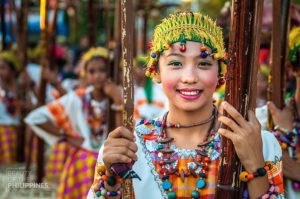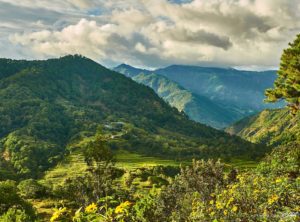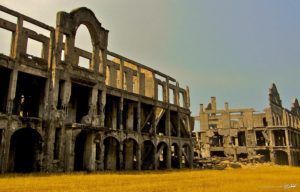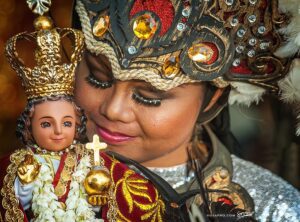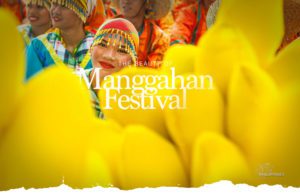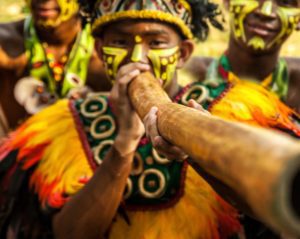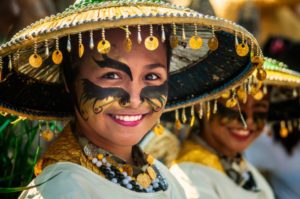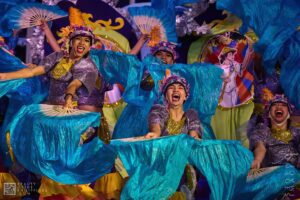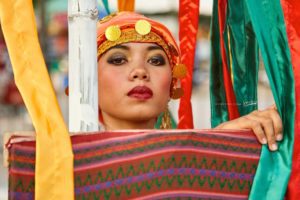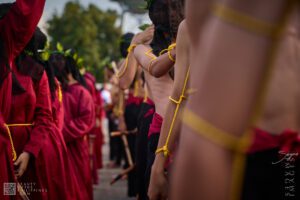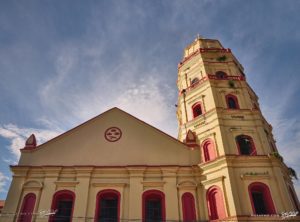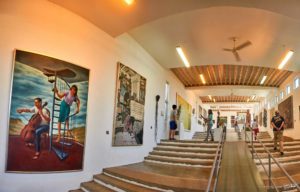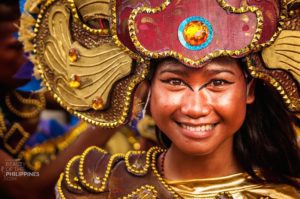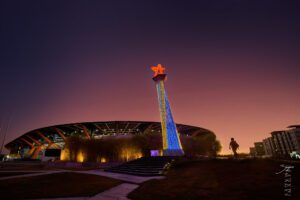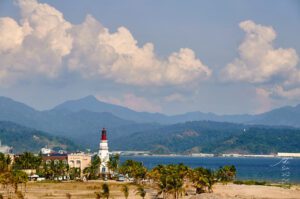ABOVE: Antipolo Maytime Festival dancers shine in their vibrant, stained glass–inspired costumes, bringing faith, culture, and celebration to life with every graceful step.
Antipolo City
Antipolo Maytime Festival
Where Faith and Culture Meet Araw ng Kalayaan 2025 in Manila
Share
Tweet
Email
- Antipolo City
On June 12, 2025, Manila’s Araw ng Kalayaan celebration and Antipolo’s ongoing Maytime Festival offer a rare chance to experience two deeply rooted Filipino traditions in one journey. From the patriotic ceremonies and cultural parades at Rizal Park to the faith-filled processions and vibrant street festivities in Antipolo, travelers can witness how national pride and local devotion beautifully intersect—making it an unforgettable cultural weekend.
Explore the Philippines through my lens as we venture into Antipolo Maytime Festival with Point of View (POV) photography. Using a body cam, I’ll guide you on an interactive tour, revealing the behind-the-scenes of capturing the shots shared here. Let’s dive into this visual journey together and uncover the wonders through my lens!
Let’s explore the PHILIPPINES through my lens as we journey on a photo slideshow to Antipolo Maytime Festival. Join me in this visual adventure and discover the wonders captured through my lens! Check out the shared slideshow here.
June 12, 2025, wasn’t just another national holiday—it became a vivid expression of Filipino identity, as the 127th Araw ng Kalayaan celebration in Manila intertwined with the color and tradition of Antipolo’s beloved Maytime Festival. Held in the heart of Manila at Rizal Park, the Independence Day event drew thousands of Filipinos together in remembrance of the country’s hard-won freedom. But this year, the celebration took on a new layer of cultural meaning as performers from Antipolo were invited to bring the soul of their SuMaKaH Festival to the national stage.
Check out the video for more highlights. See what I’ve captured through my lens with Point of View (POV) photography. Using a body cam, I’ll take you on an interactive tour, showing you behind-the-scenes moments of capturing the shots shared here.
Check out the video below for additional features. Explore what I’ve captured through my lens in this cinematic slideshow.
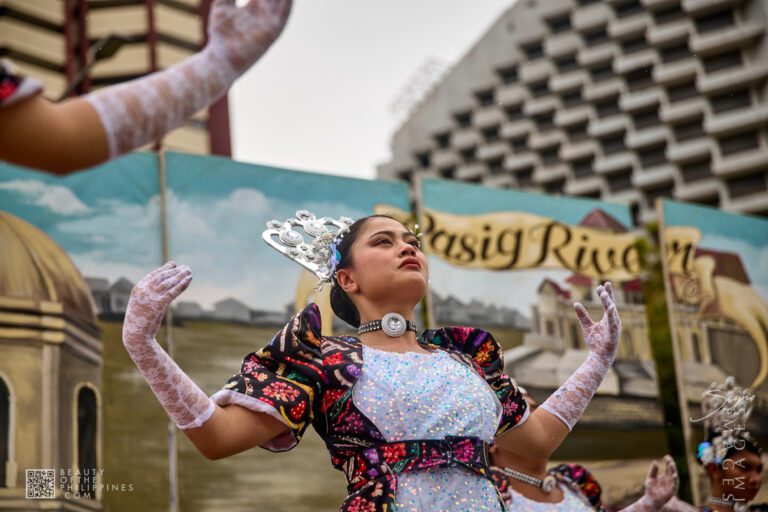
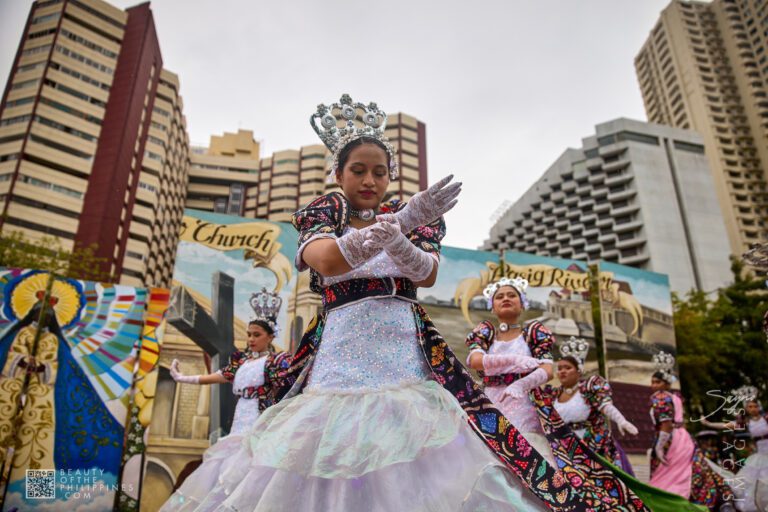
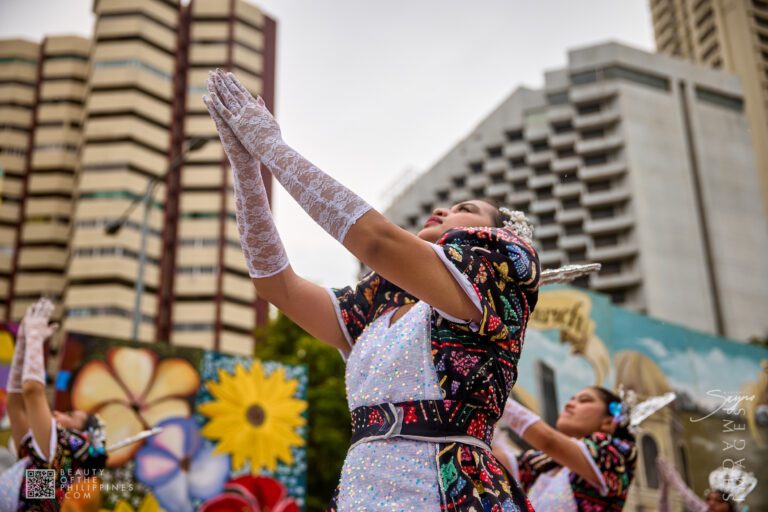
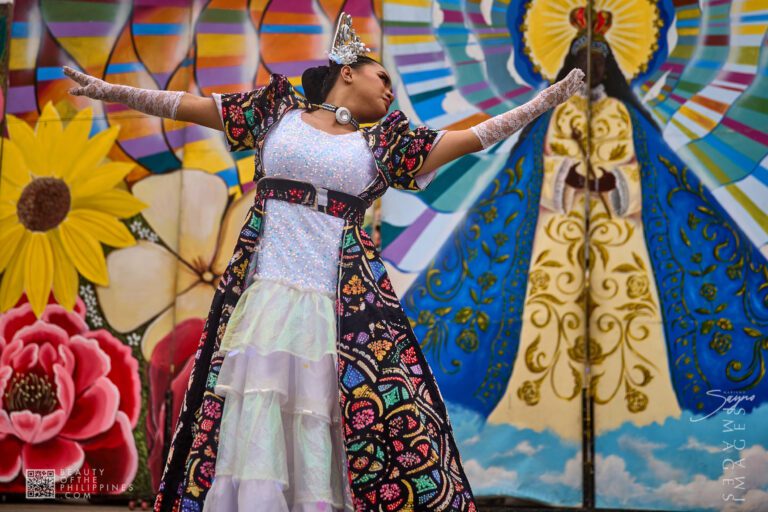
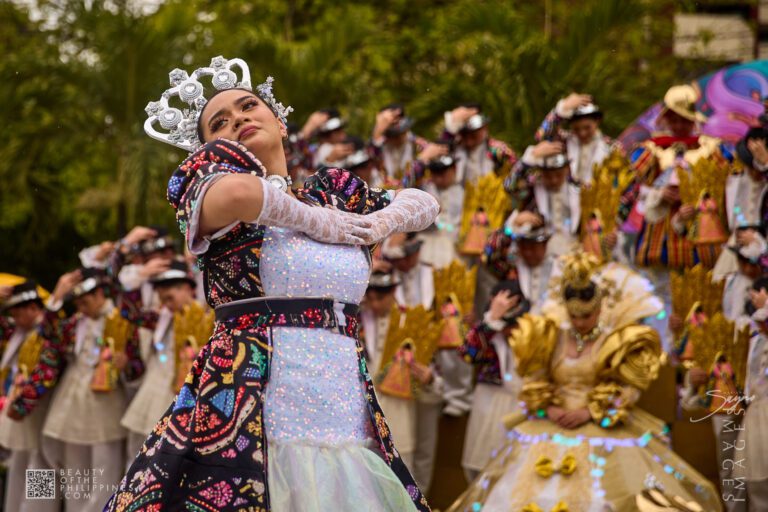



ABOVE: Antipolo Maytime Festival dancers shine in their vibrant, stained glass–inspired costumes, bringing faith, culture, and celebration to life with every graceful step.
Dawn Ceremonies at Rizal Park
As dawn broke over Luneta, the sound of the national anthem filled the air. President Ferdinand Marcos Jr., along with key government officials, led the ceremonial flag-raising and wreath-laying at the Rizal Monument, honoring the memory of those who fought for the country’s independence. This solemn ritual—an annual tradition—set a reflective tone for the day. Beneath the early morning sun, families, students, veterans, and civic groups gathered in quiet reverence, united by a shared sense of history and hope.


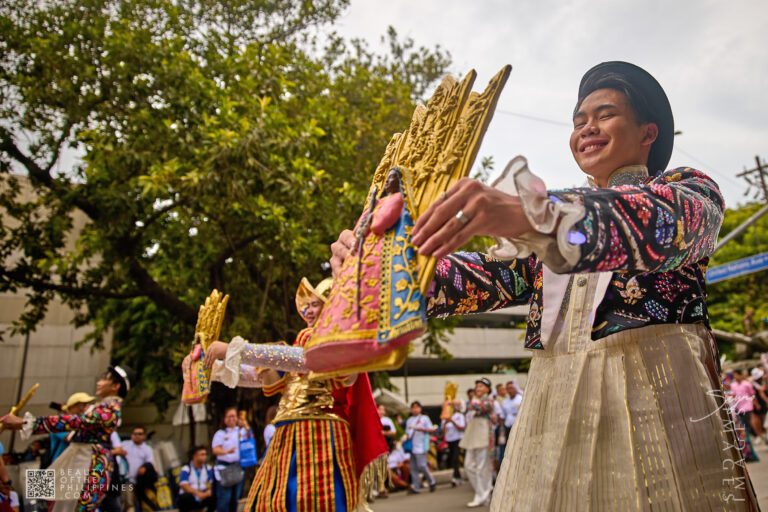


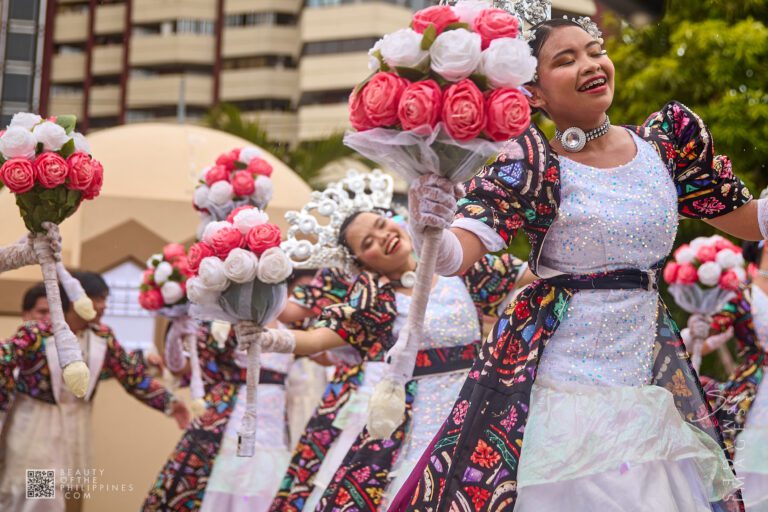
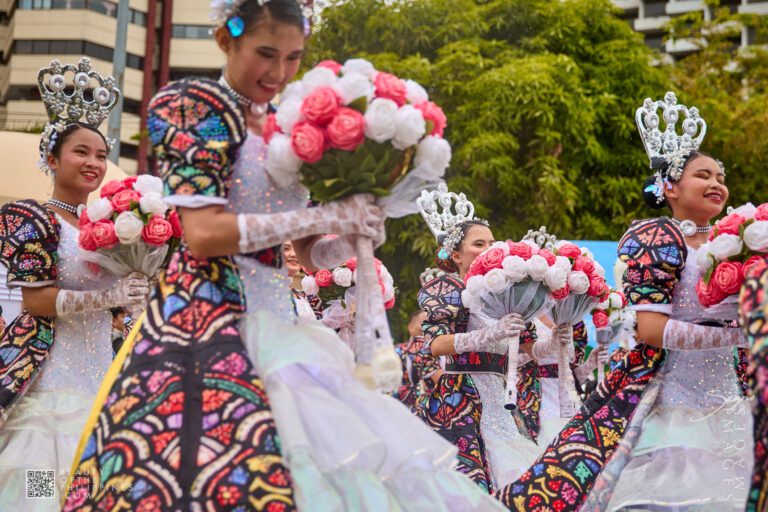
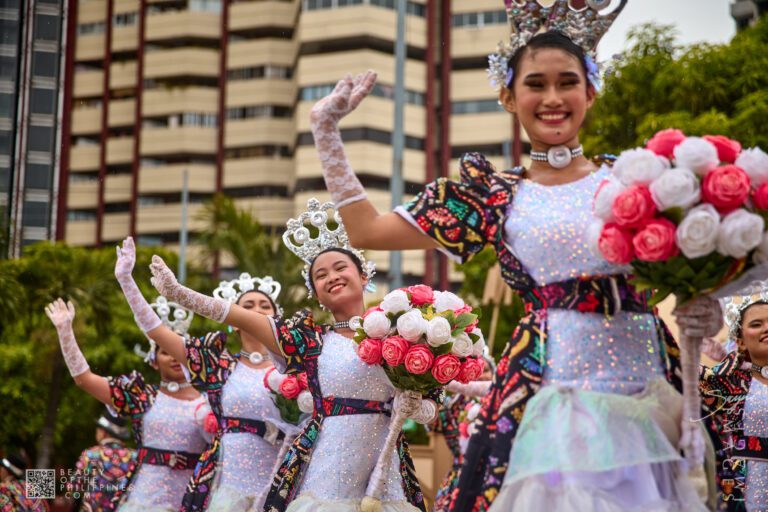


The Grand Parade and Cultural Showcases
The mood shifted from solemn to celebratory as the “Parada ng Kalayaan” unfolded at the Quirino Grandstand. A vibrant display of floats, marching bands, historical reenactments, and cultural dance troupes took over the streets. Among the most anticipated participants was the contingent from Antipolo’s SuMaKaH Festival, proudly representing their hometown’s devotion and creativity. Named after suman, mangga, kasoy, and hamaka, the SuMaKaH contingent dazzled spectators with colorful costumes, upbeat music, and synchronized folk choreography. Their performance not only honored their local heritage but brought the heart of Antipolo to the nation’s capital, proving that cultural pride knows no borders.
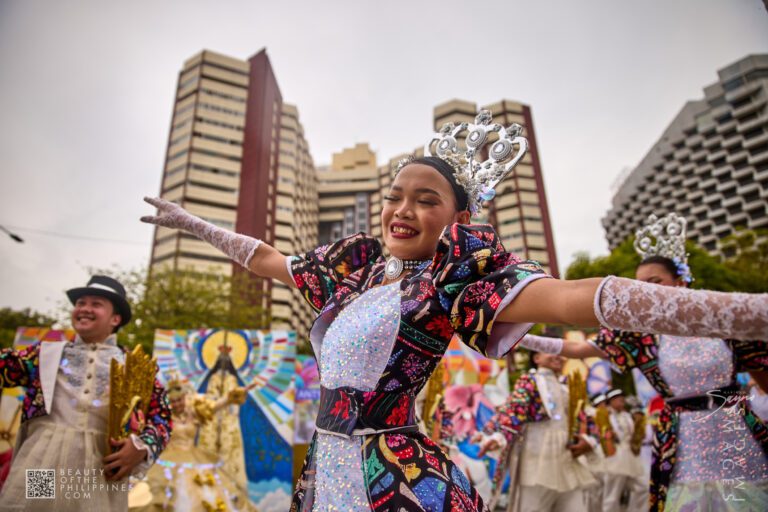

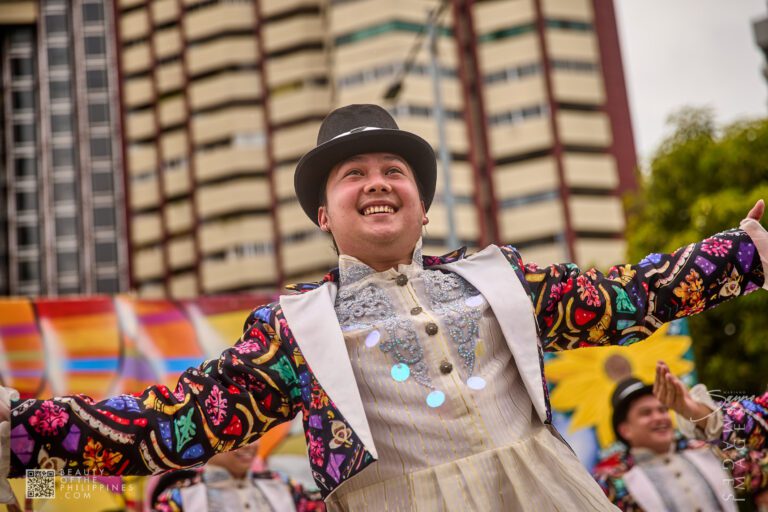
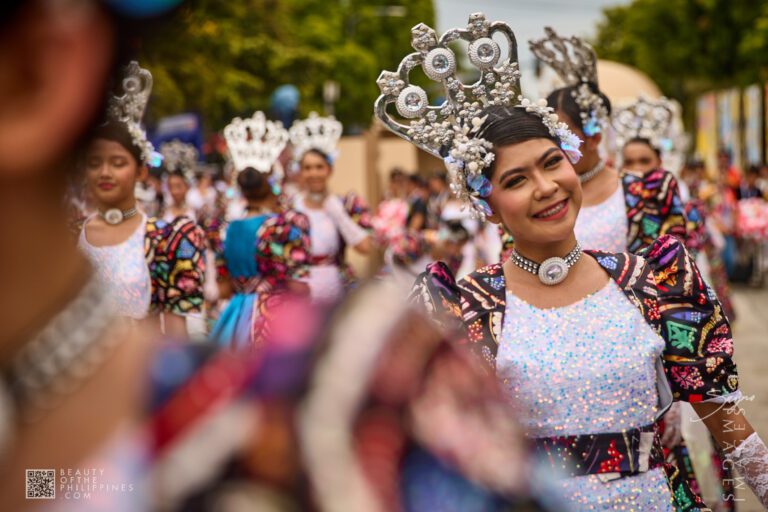



All-Day Festivities at Luneta
Luneta remained alive with activity well into the evening. The “Musikalayaan” series kept the energy high with live performances that bridged generations—blending traditional dances with modern pop and spoken-word segments. Government agencies and cultural institutions such as the Intramuros Administration, the National Museum, and the Cultural Center of the Philippines hosted a wide array of exhibits, walking tours, reenactments, and open houses that gave visitors a deeper look into Philippine history and heritage. The day culminated in a stunning production of Musikal III: Ang Tanghalan at Ang Kalayaan at the Metropolitan Theater—a full-length show that fused music, theater, and historical narrative into one emotional tribute to the country’s continuing journey toward freedom.

ABOVE: A woman in a vibrant golden costume with an elaborate crown holds a small statue of the Virgin Mary, her joyful expression shining as she takes part in the Maytime Festival in Antipolo, Rizal—set against a colorful backdrop depicting the Virgin Mary during the Araw ng Kalayaan celebration.
ABOVE: A woman in a vibrant golden costume with an elaborate crown holds a small statue of the Virgin Mary, her joyful expression shining as she takes part in the Maytime Festival in Antipolo, Rizal—set against a colorful backdrop depicting the Virgin Mary during the Araw ng Kalayaan celebration.
Antipolo’s Festival Lives On Beyond May
While the Antipolo Maytime Festival officially takes place in May, its festivities stretch well into June—making it the perfect cultural companion to Independence Day. For those who traveled to Antipolo after the Luneta events, the city still pulsed with festivity. Pilgrims continued to flock to the Antipolo Cathedral for novena Masses in honor of Our Lady of Peace and Good Voyage, while nightly concerts, food fairs, and the extended SuMaKaH Parade kept the streets alive. The Maytime Festival’s spirit of faith, community, and artistry made a fitting contrast—and complement—to the patriotic events in Manila.

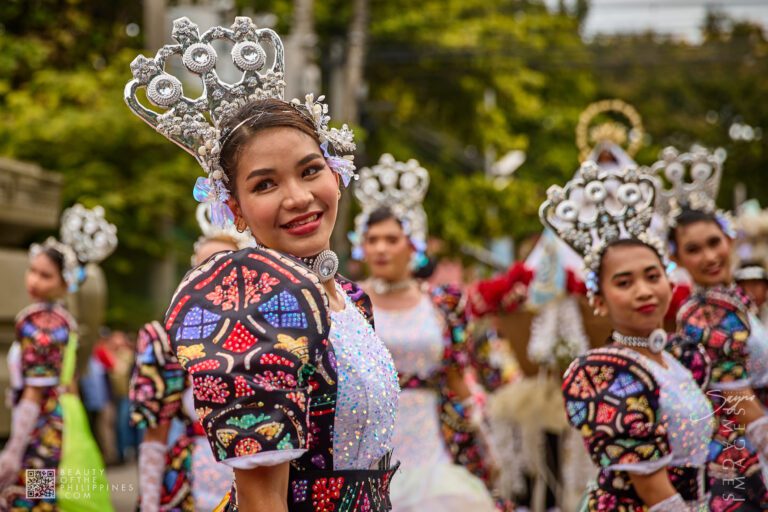




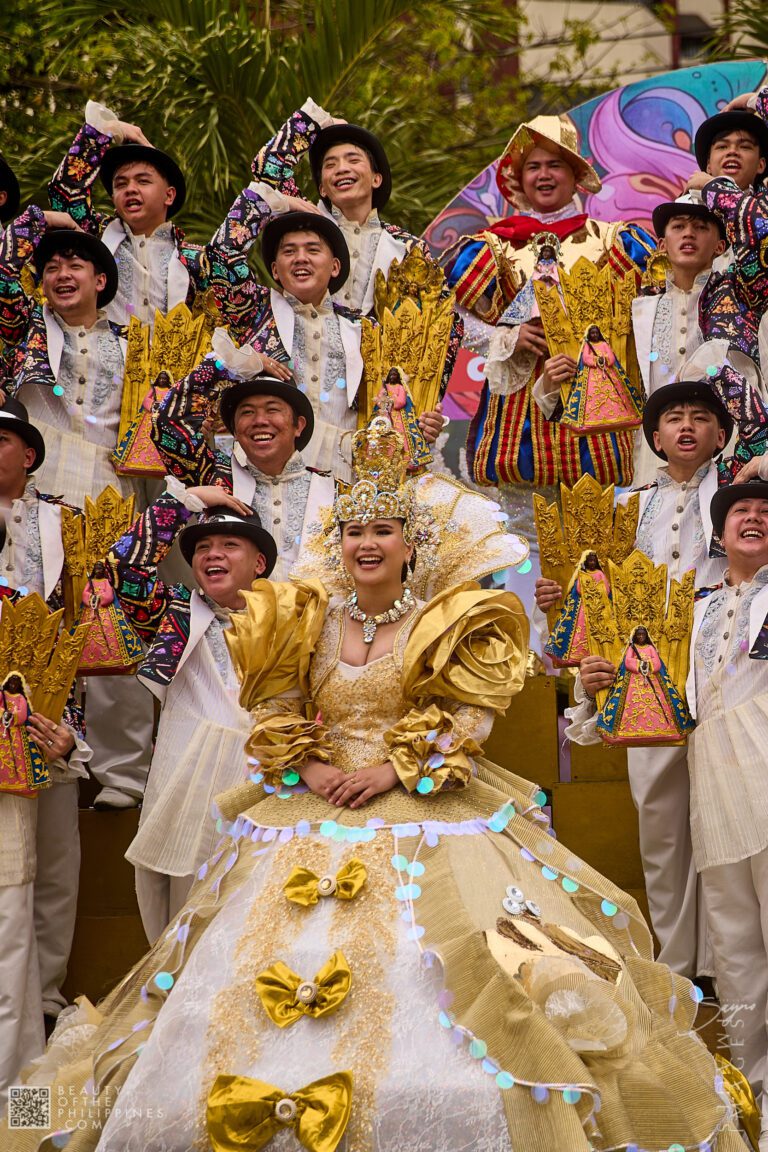






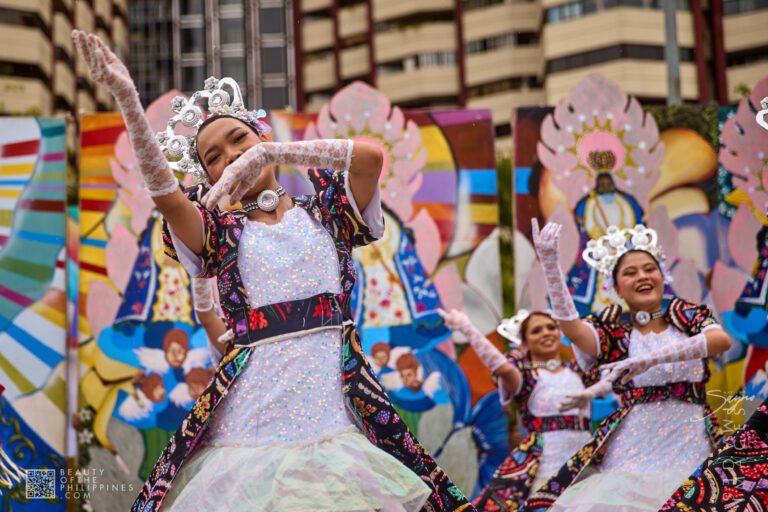
June’s Continuing Highlights in Antipolo
Even in June, Antipolo offers no shortage of cultural experiences. The Santacruzan processions continue in full pageantry, accompanied by beauty pageants, drum and lyre competitions, and food exhibits that showcase the city’s culinary heritage. One of the most moving parts of the extended celebration is the Katapusang Prusisyon—a final Marian procession that draws thousands of devotees together, usually in late June or early July. It’s a heartfelt conclusion to a festival that never seems to lose its soul, no matter the date on the calendar.
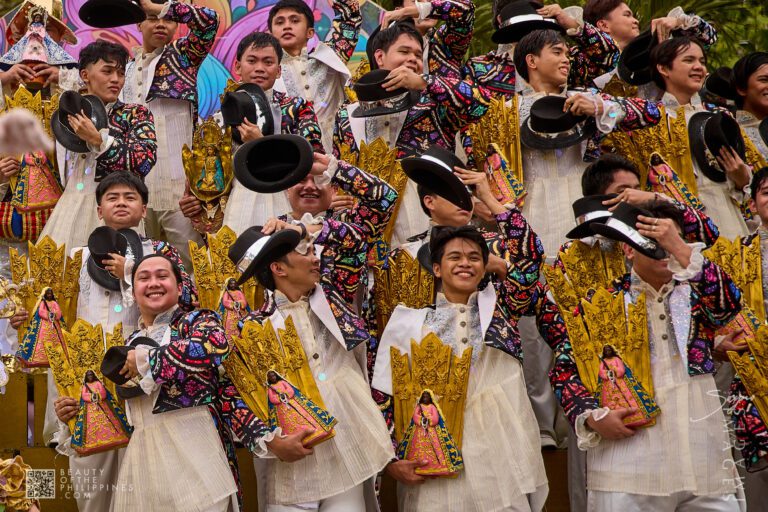
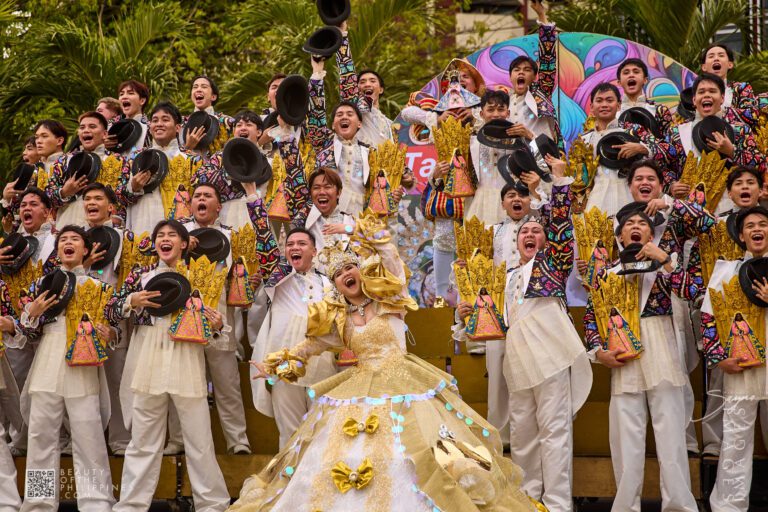
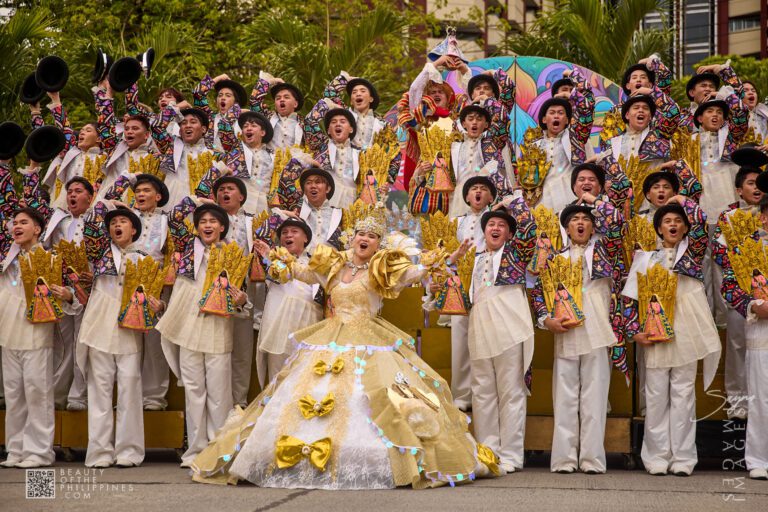
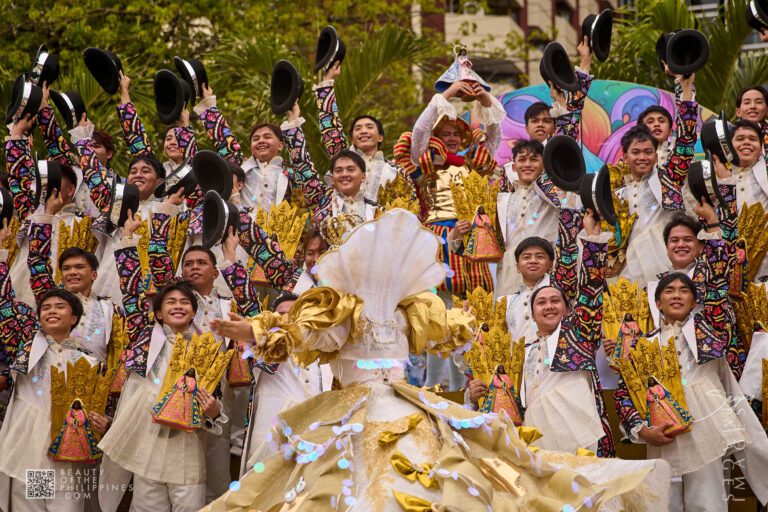
RELATED STORIES
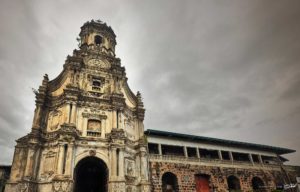
Morong Church: A Historical Gem in Rizal Province
One of the most photographed churches in the province of Rizal, the Morong Church is located in Morong of the Rizal Province, and is considered
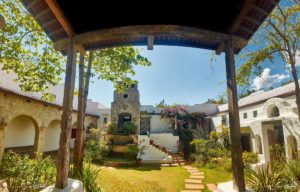


Pinto Art Museum: A Gateway to Filipino Creativity and Culture
Pinto Art Museum and exhibition gallery serve as a vibrant showcase for the incredible paintings and sculptures crafted by local artists. Nestled in the historical
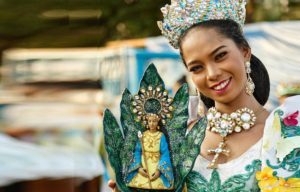


Tayo na sa Antipolo Maytime Festival: A Vibrant Tribute to Culture, Tradition, and Pilgrimage
This festival, known as “Tayo na sa Antipolo Maytime Festival”, is one of the most popular celebrations in the Philippines due to the fact that
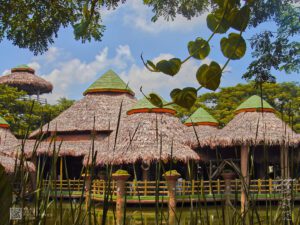


Avilon Zoo: A Wildlife Oasis in Rodriguez, Rizal
There are more than 3,000 specimens of exotic wildlife in the Avilon Zoo; representing more than 600 species of birds, mammals, reptiles, amphibians, freshwater fish




ABOVE: A smiling performer in a barong-inspired outfit with a colorful stained glass–patterned jacket and top hat stands beside a Marian-themed float adorned with flowers and golden details during the Antipolo Maytime Festival presentation at Araw ng Kalayaan 2025.
ABOVE: A smiling performer in a barong-inspired outfit with a colorful stained glass–patterned jacket and top hat stands beside a Marian-themed float adorned with flowers and golden details during the Antipolo Maytime Festival presentation at Araw ng Kalayaan 2025.
A Suggested Weekend Itinerary: From Manila to Antipolo
For those hoping to experience the best of both worlds, a thoughtful three-day itinerary makes it possible. Start June 12 in Manila with the flag-raising ceremony at Rizal Park, followed by a stroll through historic Intramuros. In the evening, catch Musikal III at the Metropolitan Theater. On June 13, head to Antipolo early for a morning Mass, then explore the SuMaKaH Festival activities—street parades, food fairs, and local crafts. Finally, spend June 14 discovering Antipolo’s iconic landmarks like the Pinto Art Museum and Hinulugang Taktak, or simply take in the laid-back community vibe at the city plaza as the Flores de Mayo festivities wind down.








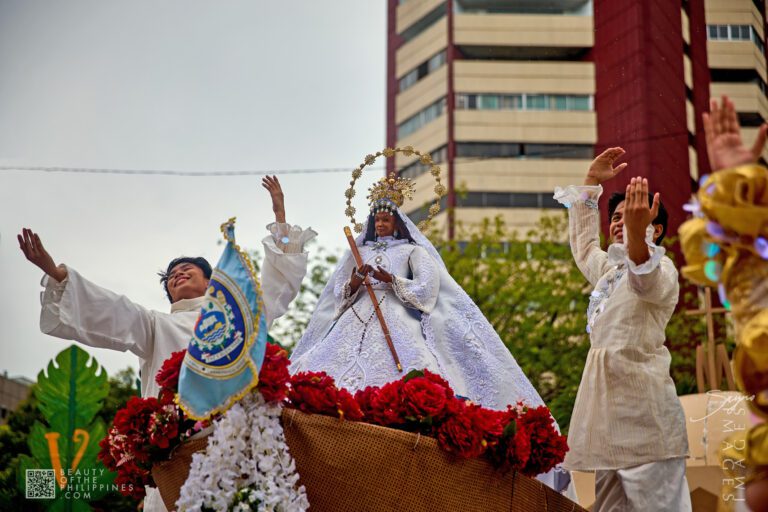







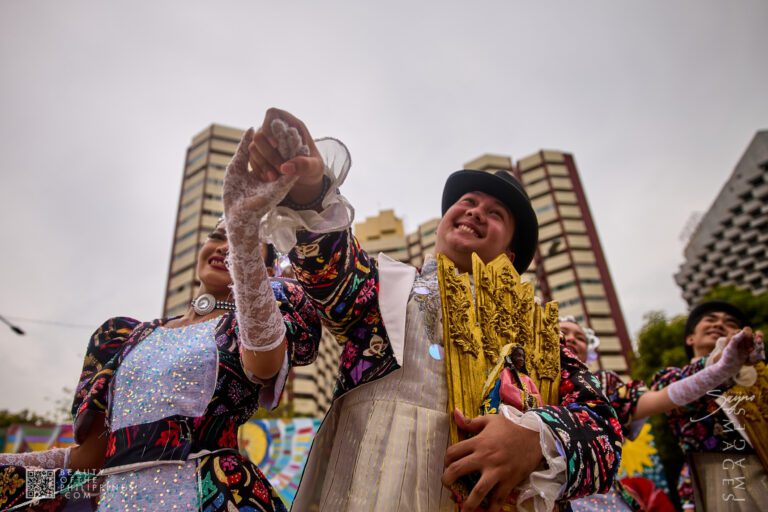

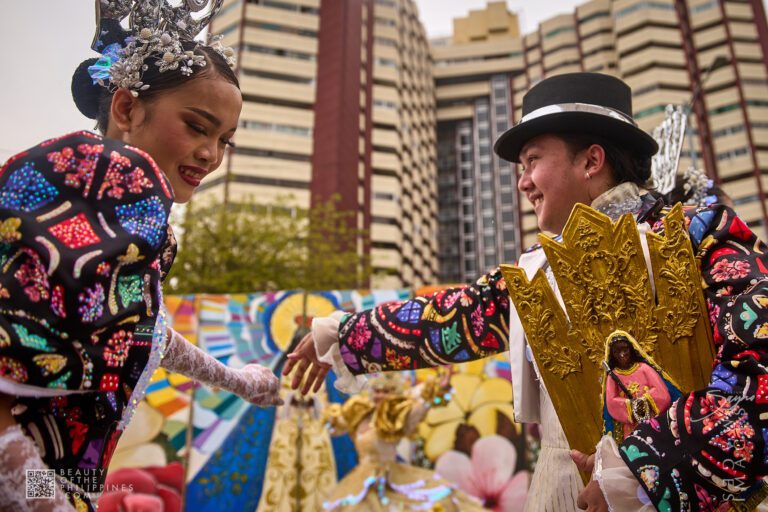

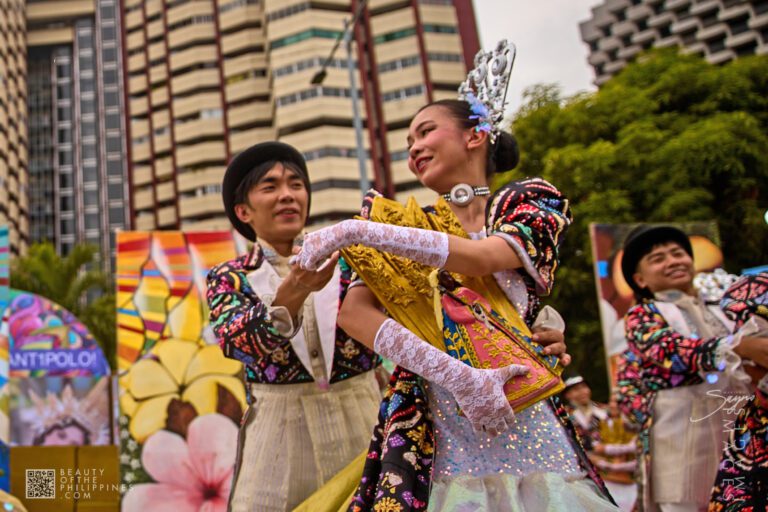

ABOVE: Performers in vibrant costumes celebrate the Maytime Festival in Antipolo, Rizal during Araw ng Kalayaan 2025.
ABOVE: Performers in vibrant costumes celebrate the Maytime Festival in Antipolo, Rizal during Araw ng Kalayaan 2025.
Some Practical Travel Advice
Because both Manila and Antipolo draw large crowds during these events, it’s wise to plan ahead. Wear comfortable clothes, bring sun protection, and book transportation or parking in advance if you can. While most activities are free, special indoor exhibitions or theater productions may require tickets—so be sure to check event pages ahead of time.
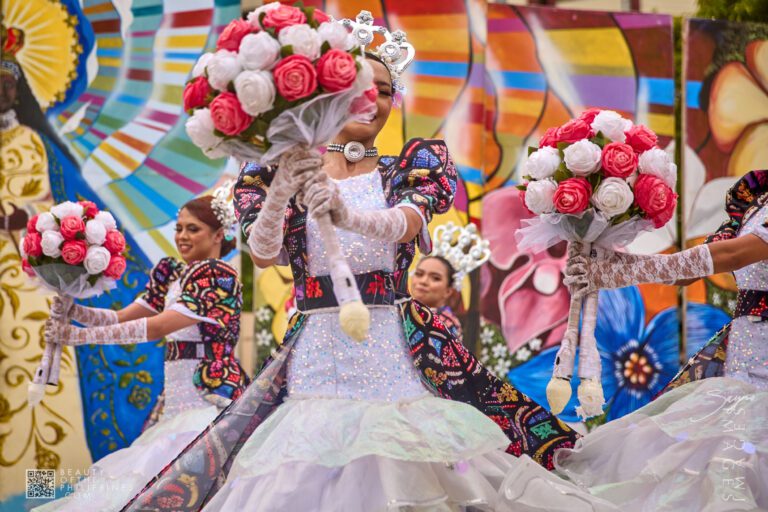

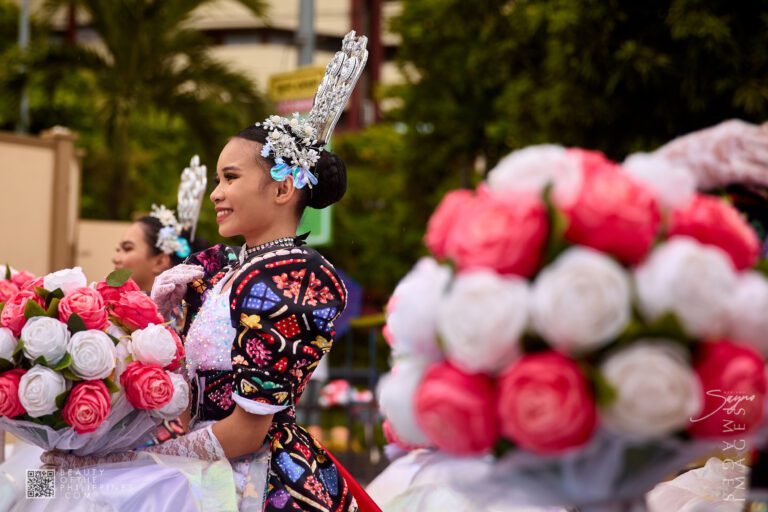







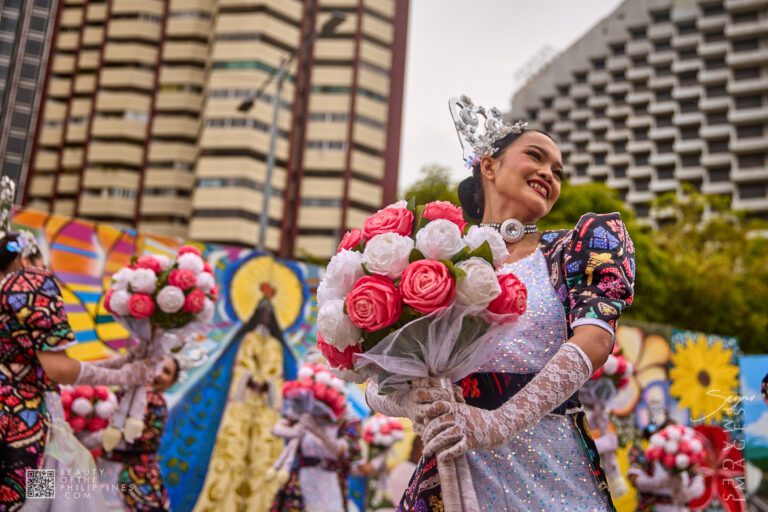

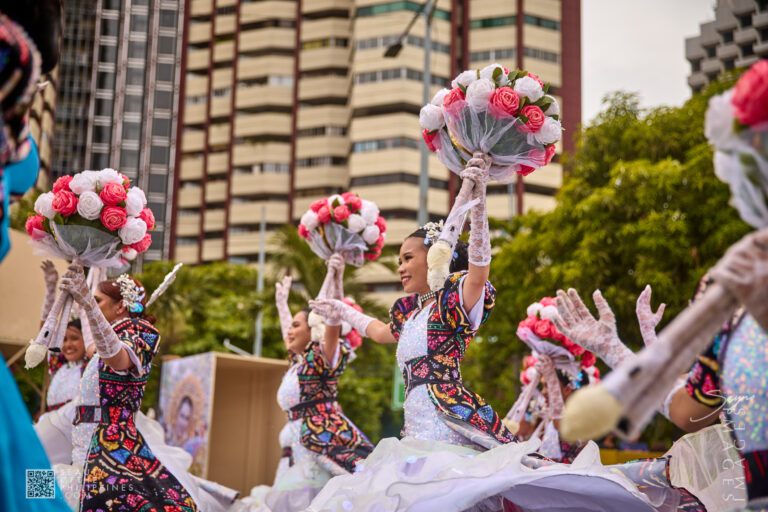

ABOVE: A smiling performer in a sparkling traditional dress holds a bouquet of pink and white flowers during the Maytime Festival in Antipolo, Rizal, celebrated on Araw ng Kalayaan 2025, with colorful murals and fellow dancers in the background.
ABOVE: A smiling performer in a sparkling traditional dress holds a bouquet of pink and white flowers during the Maytime Festival in Antipolo, Rizal, celebrated on Araw ng Kalayaan 2025, with colorful murals and fellow dancers in the background.
A Celebration That Spans Place and Spirit
Pairing the country’s most important national holiday with a vibrant local festival is more than just smart programming—it’s a reflection of who we are. Araw ng Kalayaan 2025 wasn’t just about looking back; it was about celebrating the living, breathing culture that continues to grow across the Philippines. And by bringing Antipolo’s SuMaKaH performers to Luneta, this year’s celebration reminded us that patriotism doesn’t just live in historical texts or national symbols—it lives in dance, in devotion, in community, and in every colorful costume that tells a story.
I’m looking forward to the stories and images leaving a lasting positive impression on you, just as they have on me. Stay connected with us on social media for a weekly exploration of travel assignments and breathtaking visuals. Our focus is on championing local tourism, showcasing small businesses, and honoring the magnificence of the Philippines through the content we curate. Join us in spreading the word by clicking the ‘share’ buttons below. Your support means the world to us.
EXPLORE MORE about
Rizal



Tayo na sa Antipolo Maytime Festival: A Vibrant Tribute to Culture, Tradition, and Pilgrimage
This festival, known as “Tayo na sa Antipolo Maytime Festival”, is one of the most popular celebrations in the Philippines due to the fact that



Morong Church: A Historical Gem in Rizal Province
One of the most photographed churches in the province of Rizal, the Morong Church is located in Morong of the Rizal Province, and is considered



Avilon Zoo: A Wildlife Oasis in Rodriguez, Rizal
There are more than 3,000 specimens of exotic wildlife in the Avilon Zoo; representing more than 600 species of birds, mammals, reptiles, amphibians, freshwater fish
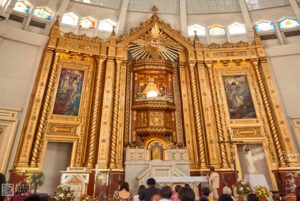

Antipolo Church: A Must-Visit Pilgrimage Destination and Cultural Gem
This festival, known as “Tayo na sa Antipolo Maytime Festival”, is one of the most popular celebrations in the Philippines due to the fact that



Pinto Art Museum: A Gateway to Filipino Creativity and Culture
Pinto Art Museum and exhibition gallery serve as a vibrant showcase for the incredible paintings and sculptures crafted by local artists. Nestled in the historical




